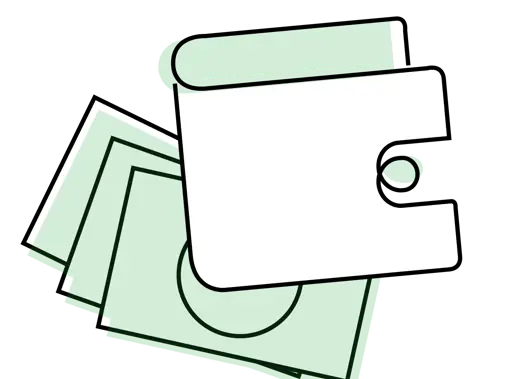To ensure that you are paid correctly, make sure you check all the key details below with your payroll department when you commence your new job.
The easiest way to make sure your pay will be correct from the very first month is to send a photocopy of your most recent payslip from your old job to your new payroll department.
The basics to look out for
- Make sure you have been put on the correct salary pay scale.
-
Make sure your employer places you on the correct incremental point within your salary scale.
Each year you move from one pay point to the next within the same salary grade (reflecting the automatic increase in salary accrued with each additional year you work for the NHS).
- Your tax code - the code is issued by HMRC to your employer, so that the correct amount of income tax is deducted each month from your salary.
- Your pay banding - if you are working less than full time, it is especially important for you to make sure that your pay banding has been calculated correctly.
Payslip examples
Our payslip examples provide a snapshot of your payslip and take you through each area in detail, highlighting sections to consider and links to find current pay scales.
The rest of your payslip explained
| Term used on payslip | Explanation |
|---|---|
| Basic salary | Your basic salary is your grade and how many years service you have. |
| Incremental date | This is the point in the year when you move from one pay point to the next within the same grade. If you take up a post in a new grade, this may be reset. |
| Superannuation | This is your contribution to the NHS pension scheme, calculated on just your basic salary. |
| National Insurance number | Your national insurance contribution depends on what you earn and whether you're employed or self-employed. |
If you change employer
When you move employers, it is extremely helpful if you provide the new payroll department with:
- a copy of your most recent (correct) payslip (this will help ensure your new employer places you on the correct pay scale and incremental point)
- your tax code and National Insurance number
- once you receive your staff transfer certificate from your old employer you should forward this to your new employer.
If you have trouble understanding your payslip, or feel you are being paid incorrectly the first step is to contact your employer's payroll department.
When you contact them, try to have as much information with you as possible:
- staff pay number
- current tax code
- National Insurance number
- date you started working for the NHS (this can sometimes help with incremental point problems)
- date you started working for that employer or transfer certificate if it is available.
If you remain concerned that your pay is incorrect then contact us. We will be able to help you understand your pay and how to get it corrected.

For almost 200 years, we have been supporting doctors from tuition to physician and beyond. Learn more about being a BMA member today.
As of 18 September, all references to junior doctors in BMA communications have been changed to ‘resident doctors’.
Making up nearly 25% of all doctors in the UK, this cohort will now have a title that better reflects their huge range of skills and responsibilities.
Find out more about why junior doctors are now known as 'resident doctors'.

